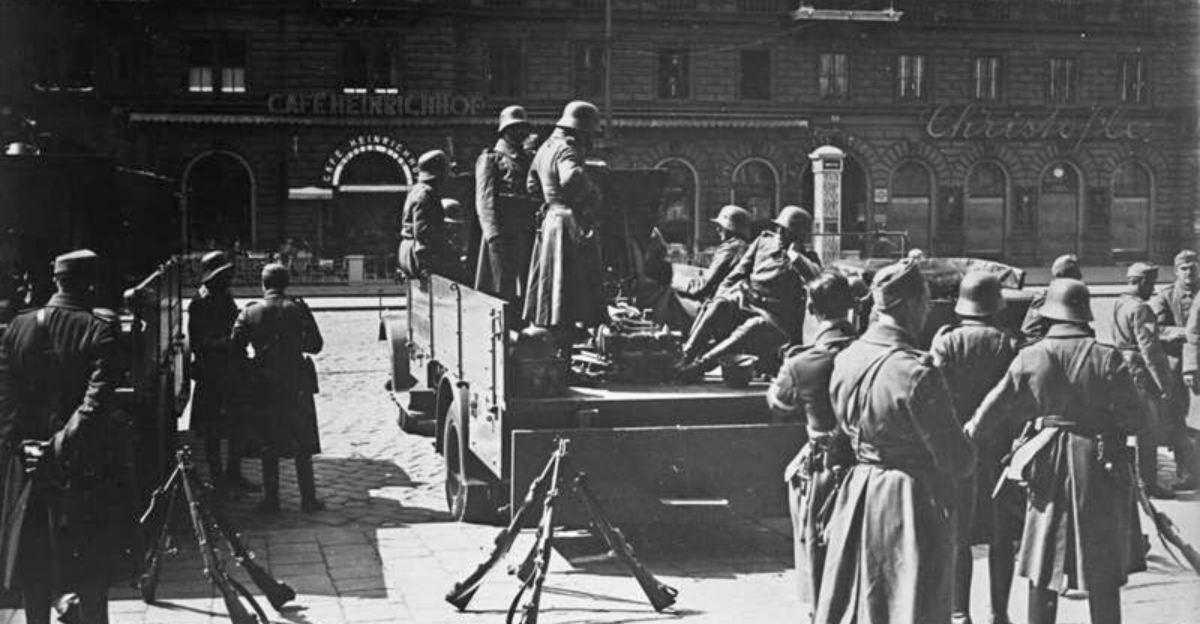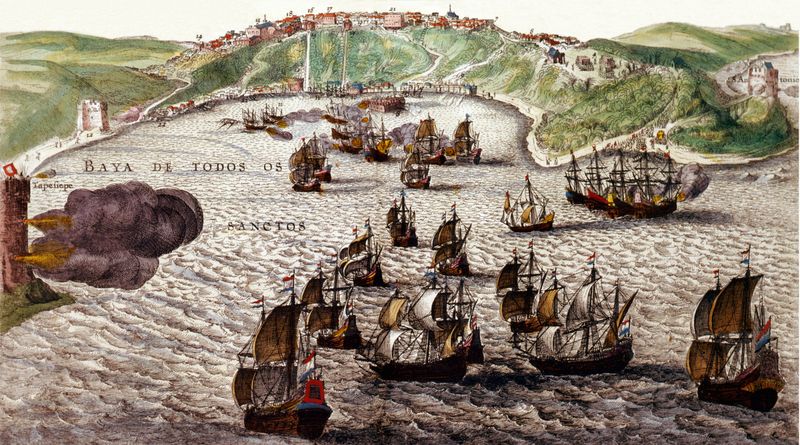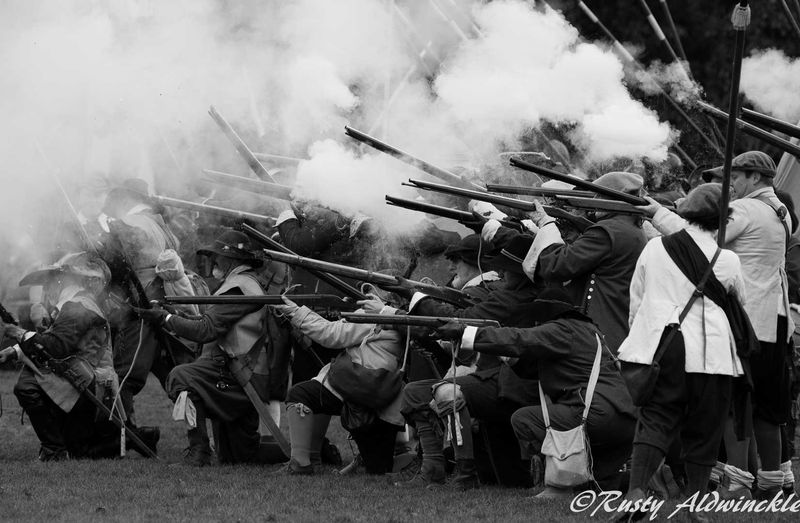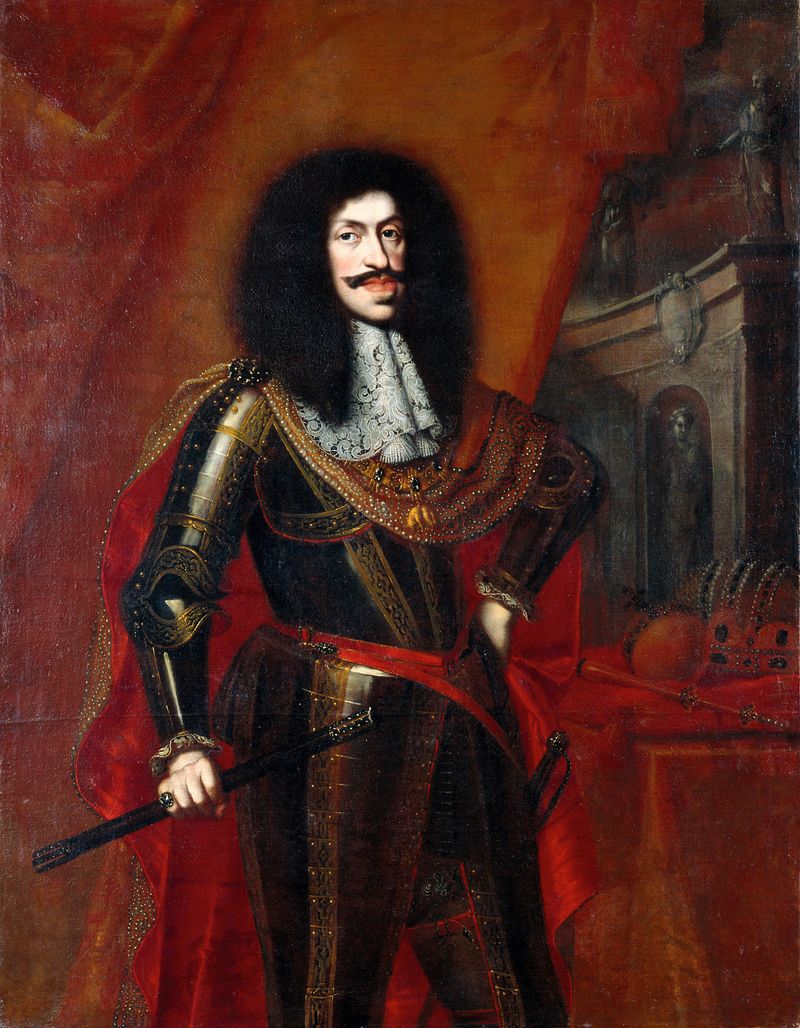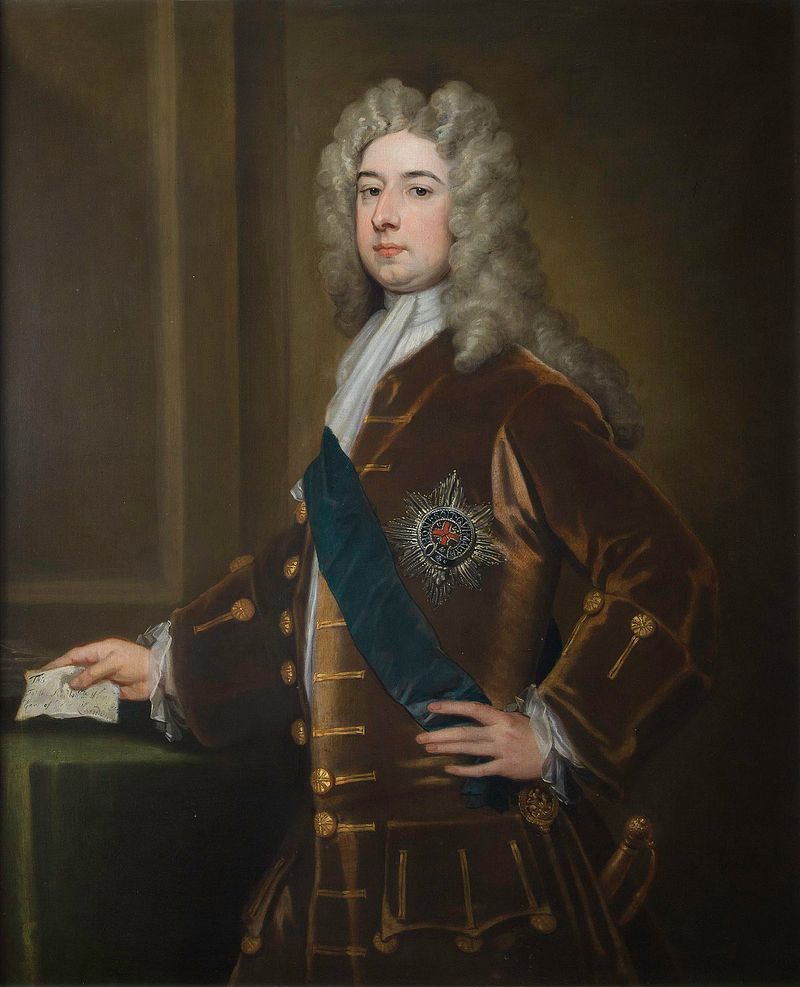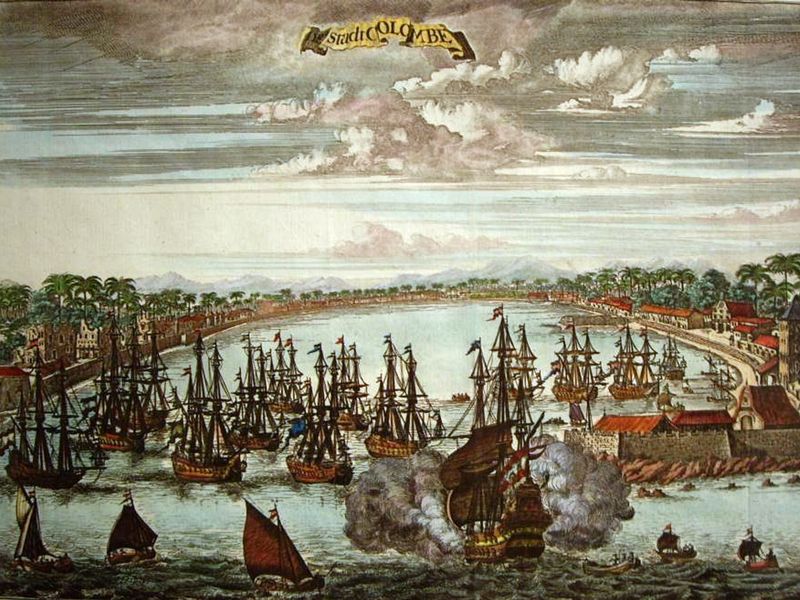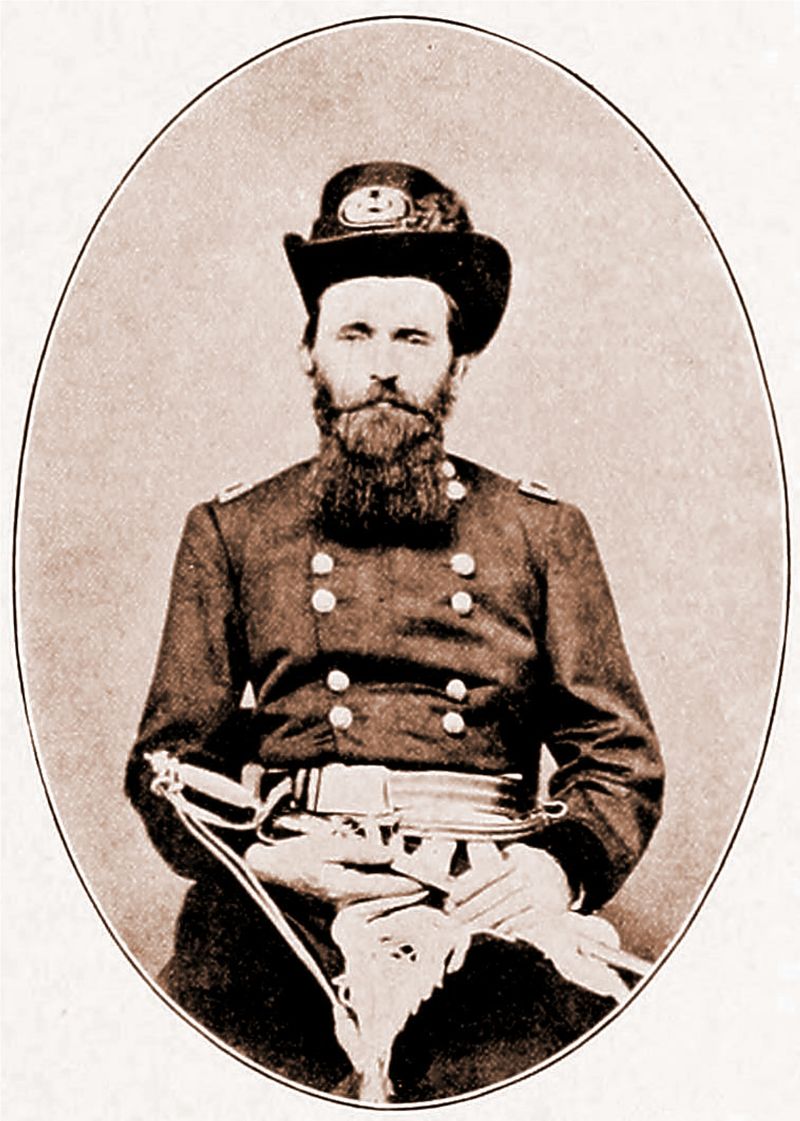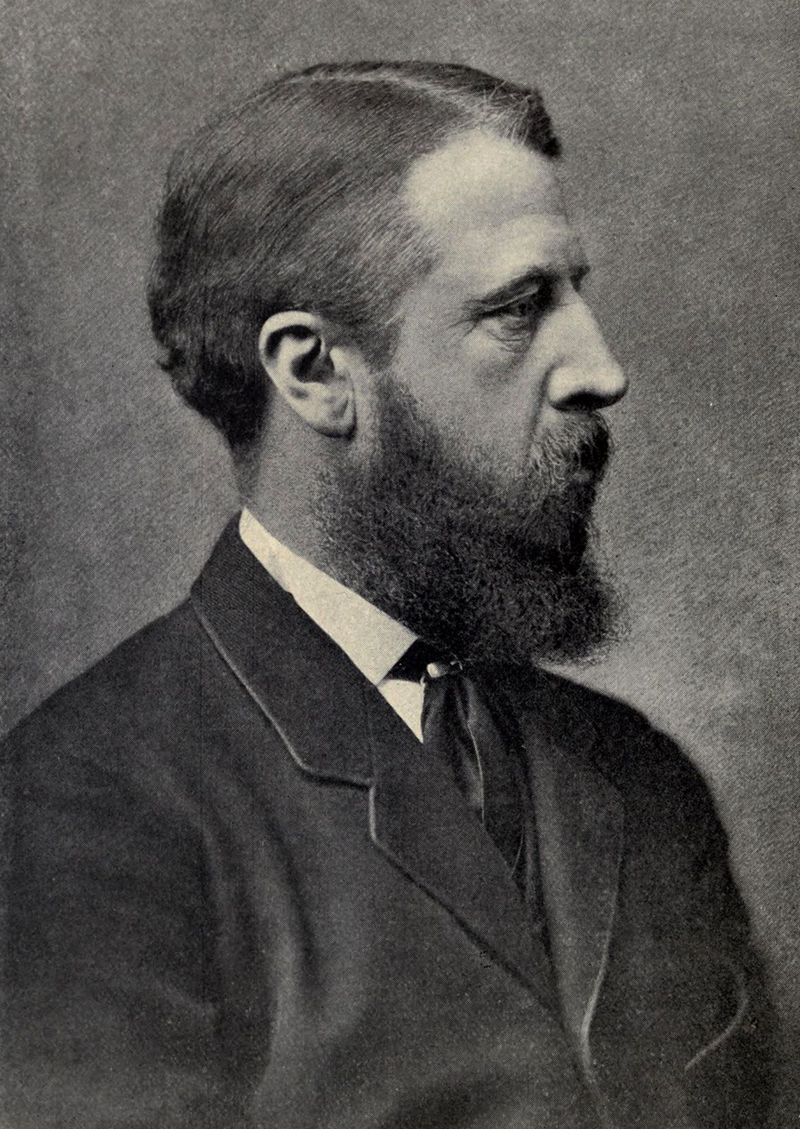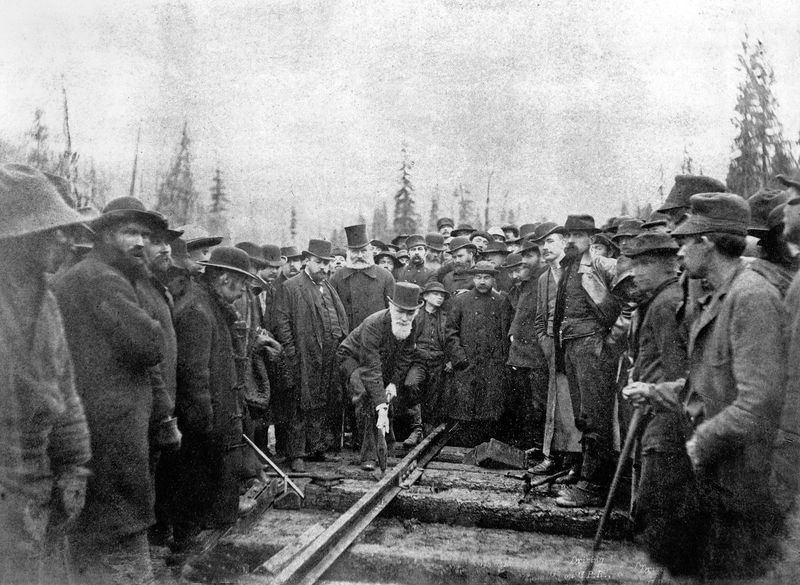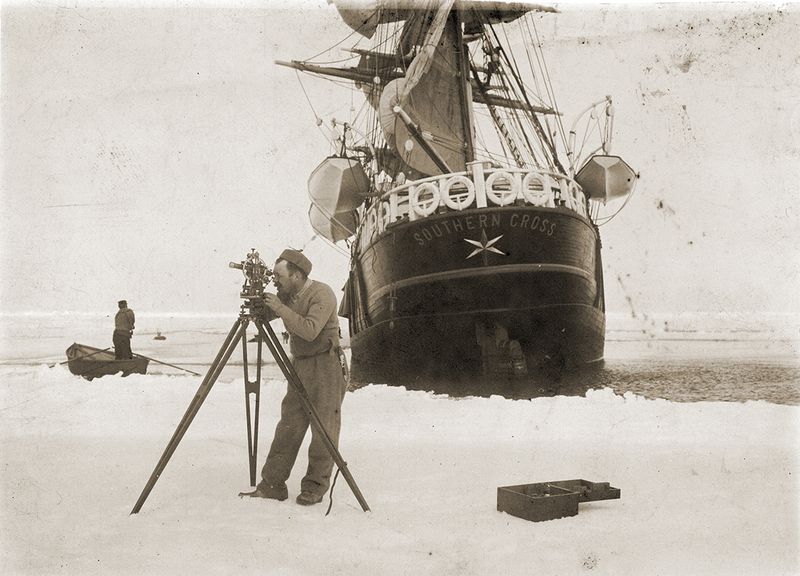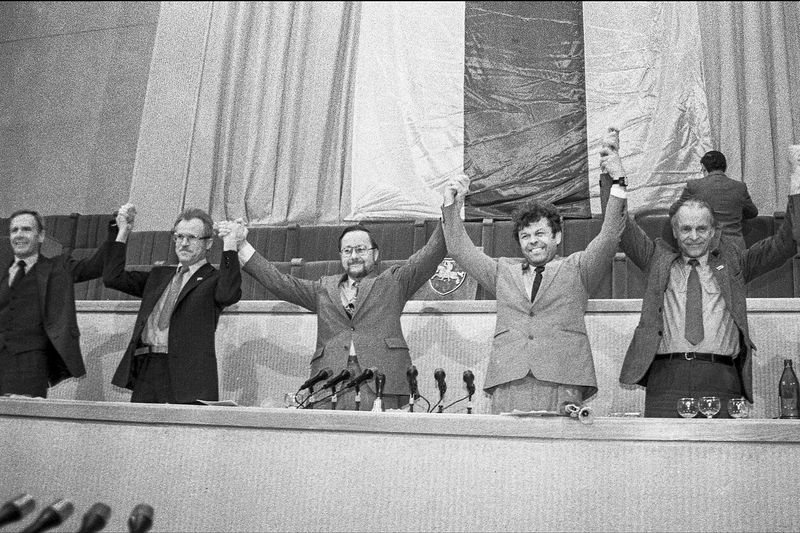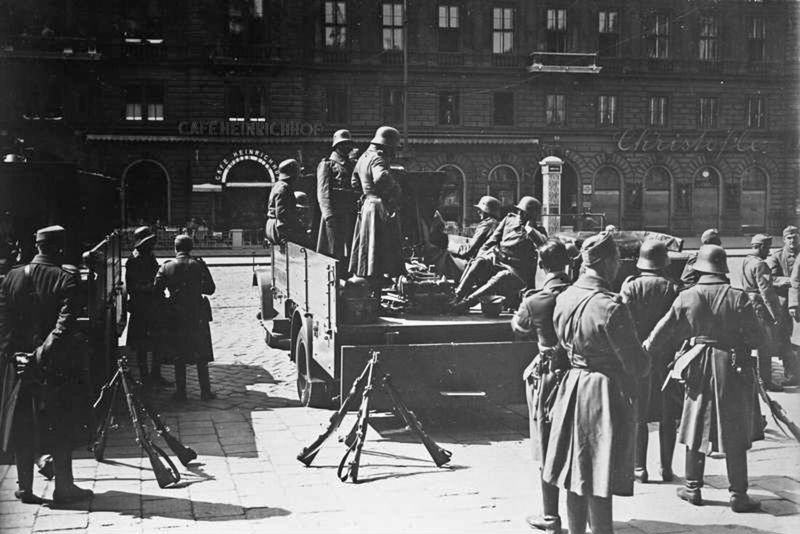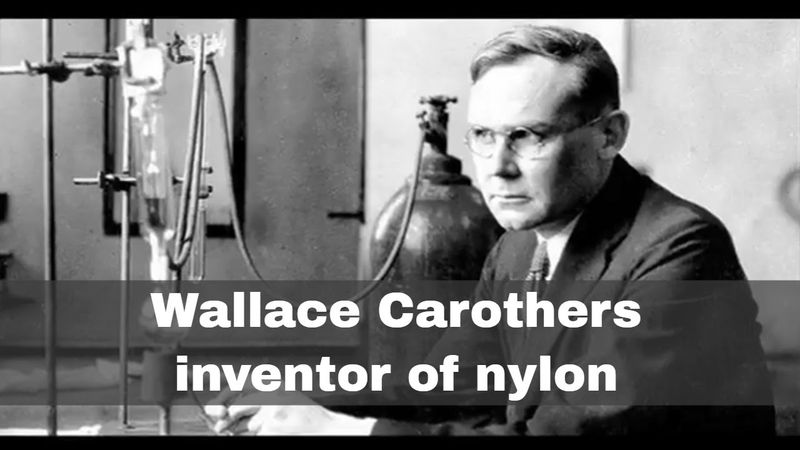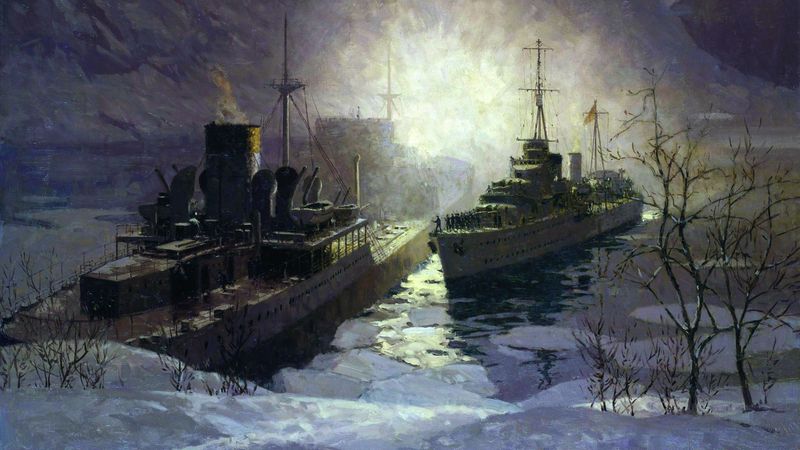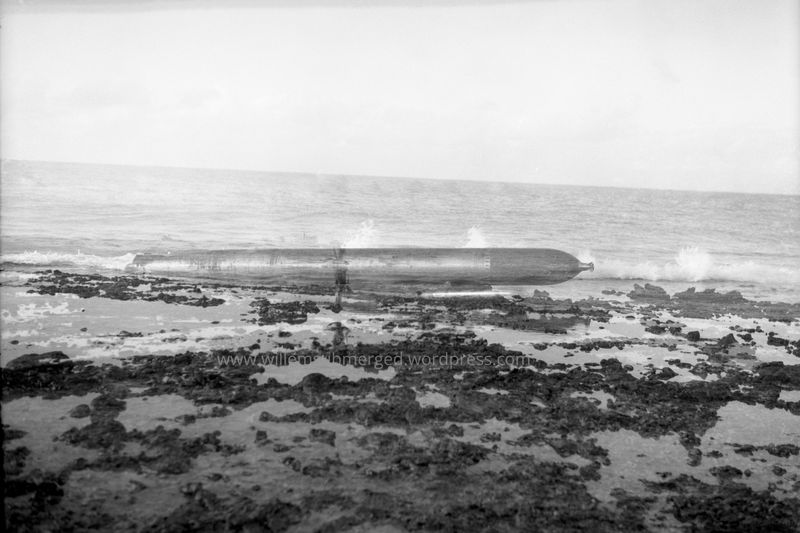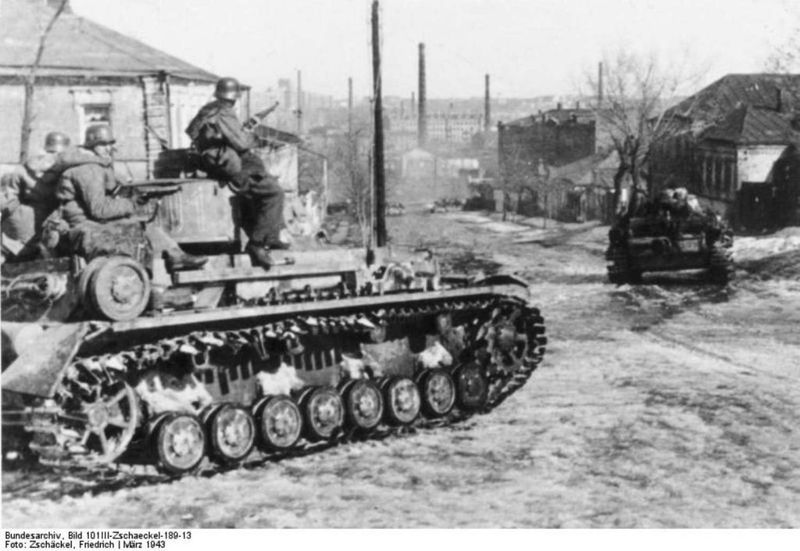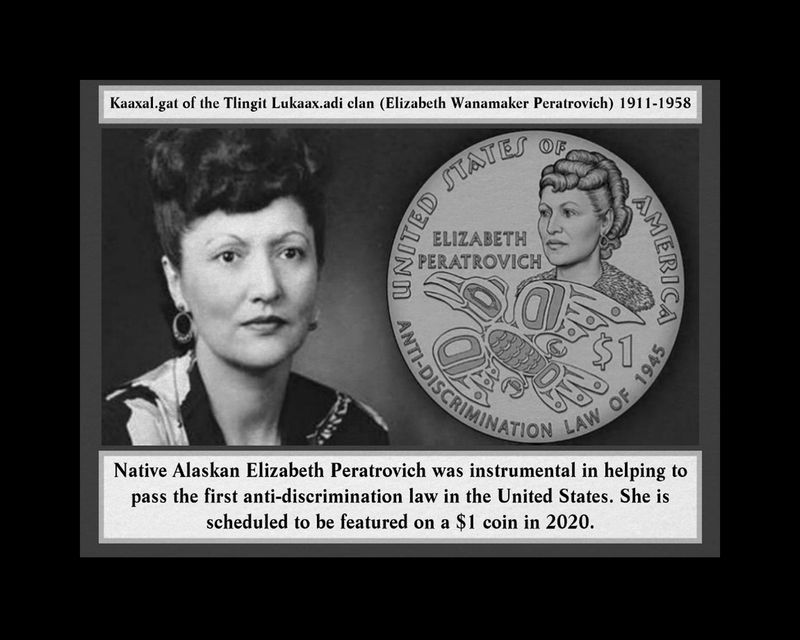Explore the intriguing tapestry of history with these remarkable events that took place on February 16th.
Each entry sheds light on pivotal moments that have shaped our world. From monumental battles to groundbreaking discoveries, this date has witnessed a plethora of significant occurrences.
Join us as we journey through time, uncovering the stories behind 30 noteworthy events that have left their mark on history.
1. 1249 – Andrew of Longjumeau Sent to Mongol Empire
In 1249, Andrew of Longjumeau, a French monk and papal envoy, embarked on a significant mission to the Mongol Empire.
Tasked by Louis IX of France, his journey aimed to establish diplomatic relations and explore potential alliances against Muslim forces in the Crusades. This journey was no small feat, as it required traversing vast and perilous territories.
His mission symbolized the era’s complex political dynamics and the desire for cross-cultural dialogues. While the diplomatic goals were not fully realized, Andrew’s travels highlighted the growing curiosity and interaction between the East and West during the 13th century.
2. 1270 – Battle of Karuse
The Battle of Karuse occurred on February 16, 1270, during the Northern Crusades. Fought on the frozen Baltic Sea, it featured the Livonian Order against Grand Duchy of Lithuania.
Under harsh winter conditions, the Livonian knights attempted to expand Christian territories. Despite their formidable reputation, they faced fierce resistance from Lithuanian forces.
This battle highlighted the tensions between expanding Christian orders and pagan Baltic tribes.
The Lithuanian victory was a significant blow to the crusaders, emphasizing the resilience and strategic prowess of the Lithuanian leaders. It remains a notable episode in the history of Baltic region conflicts.
3. 1630 – Dutch Capture Olinda
In 1630, the Dutch West India Company captured the Brazilian city of Olinda. This event marked a pivotal moment in the Dutch-Portuguese War. Olinda, rich in resources like sugarcane, was a valuable asset.
The Dutch aimed to dominate the lucrative sugar trade, and seizing Olinda was a strategic step. The city’s capture led to significant cultural and economic shifts in the region.
Despite initial successes, Dutch control in Brazil was short-lived, facing resistance from Portuguese forces. The capture of Olinda remains a testament to the global ambitions and maritime prowess of the Dutch during the 17th century.
4. 1646 – Battle of Torrington
The Battle of Torrington, fought on February 16, 1646, was a decisive clash during the English Civil War. Located in Devon, it was the last major battle in the war’s southwestern campaign.
Parliamentarian forces, led by Sir Thomas Fairfax, faced off against Royalists defending King Charles I. The battle’s outcome effectively ended Royalist resistance in the west, paving the way for Parliamentary victory.
Torrington’s streets became the grim setting for intense fighting, resulting in significant casualties on both sides. This battle underscored the civil war’s brutal nature and the deep divisions within English society during the 17th century.
5. 1699 – First Leopoldine Diploma Issued
On February 16, 1699, the first Leopoldine diploma was issued by Emperor Leopold I of the Holy Roman Empire. This document granted privileges and rights to specific regions and individuals within the empire.
The diploma highlighted the emperor’s power to extend favors and influence over his vast territories. Such documents were crucial for maintaining loyalty and governance across diverse regions.
The issuance of the Leopoldine diploma reflected the complex political landscape of the time, where monarchs sought to solidify control through strategic alliances and patronage. This event illustrates the intricate workings of imperial power in 17th-century Europe.
6. 1742 – Spencer Compton Becomes British Prime Minister
In 1742, Spencer Compton, Earl of Wilmington, ascended to the position of British Prime Minister. His appointment followed the resignation of Sir Robert Walpole, Britain’s first prime minister, amidst political upheaval.
Compton’s tenure marked a transitional period in British politics. Known for his moderate and cautious approach, he sought to stabilize the government and address national issues. However, his time in office was brief, lasting only until his death in 1743.
Despite a short-lived premiership, Compton’s leadership underscored the evolving nature of British governance and the challenges faced by early prime ministers in navigating shifting political landscapes.
7. 1796 – British Capture Colombo, Ceylon
The capture of Colombo on February 16, 1796, was a significant event during the colonial expansion of the British Empire. As the capital of Ceylon (modern-day Sri Lanka), Colombo was a strategic port city vital for trade routes.
The British, keen to consolidate their power in the Indian Ocean, seized control from the Dutch. This capture marked a turning point in the island’s history, establishing lasting British influence.
It facilitated the expansion of colonial administration and economic exploitation. The event highlighted the British strategy of securing key maritime locations to enhance their global dominance in the 18th century.
8. 1804 – First Barbary War: USS Philadelphia Burned
On February 16, 1804, during the First Barbary War, the USS Philadelphia was set ablaze by American forces. The frigate had been captured by Tripolitan pirates, presenting a significant threat to American interests in the Mediterranean.
To prevent its use by enemy forces, Lieutenant Stephen Decatur led a daring nighttime raid to destroy the ship. The mission was hailed as a heroic act, showcasing American naval resolve.
This event underscored the challenges faced by the young U.S. Navy in protecting its vessels and interests abroad. The burning of the USS Philadelphia became a symbol of American bravery and strategic naval action.
9. 1862 – General Ulysses S. Grant Captures Fort Donelson
The capture of Fort Donelson on February 16, 1862, was a pivotal victory for the Union during the American Civil War. Led by General Ulysses S. Grant, Union forces besieged the strategically located Confederate fort in Tennessee.
The surrender of Fort Donelson marked the first major Union victory, opening the Cumberland River as a vital supply route. This success earned Grant national fame and the nickname “Unconditional Surrender” Grant.
The fall of the fort was a severe blow to Confederate defenses in the Western Theater, significantly boosting Northern morale and contributing to Union momentum in the war.
10. 1866 – Spencer Compton Cavendish Appointed British War Secretary
In 1866, Spencer Compton Cavendish, Marquess of Hartington, was appointed as British War Secretary. His tenure came during a period of significant military reform within the British Army.
Cavendish’s leadership focused on modernizing military practices and addressing issues related to army administration. His appointment reflected the ongoing shift towards professionalizing the British military and adapting to new challenges.
Although his time as War Secretary was relatively short, Cavendish’s efforts contributed to the broader changes that were reshaping the British military landscape.
His role underscored the importance of effective leadership in navigating the complexities of military governance.
11. 1881 – Canadian Pacific Railway Incorporated
On February 16, 1881, the Canadian Pacific Railway (CPR) was incorporated, marking a monumental step in Canada’s development.
The railway was envisioned as a transcontinental link, vital for uniting the young nation and promoting economic growth. Its construction was a colossal engineering feat, involving a diverse workforce overcoming harsh terrains.
The CPR facilitated the movement of goods and people, significantly contributing to Canada’s westward expansion and economic integration. Its completion in 1885 symbolized national unity and progress.
The railway’s incorporation represents a pivotal moment in Canadian history, underscoring the transformative power of infrastructure in shaping a nation’s destiny.
12. 1899 – Iceland’s First Football Club Founded
In 1899, Iceland witnessed a significant cultural development with the founding of its first football club, Knattspyrnufélag Reykjavíkur (KR).
This event marked the introduction of organized football to the island nation, reflecting the growing global influence of the sport. KR provided a platform for Icelandic youth to engage in competitive sports, fostering a sense of community and national pride.
The club’s establishment was a testament to Iceland’s openness to international cultural trends. Over the years, KR became a central figure in Icelandic football, contributing to the sport’s popularity and the development of athletic talent in the country.
13. 1900 – Southern Cross Expedition Reaches Farthest South
The Southern Cross Expedition, led by Carsten Borchgrevink, reached a new southern latitude record on February 16, 1900. This pioneering Antarctic expedition was the first to winter over on the continent.
The team’s achievement of reaching the farthest south point added to the growing body of geographic knowledge about Antarctica.
Despite facing extreme conditions, including harsh weather and isolation, the expedition demonstrated human resilience and the spirit of exploration. Their findings contributed significantly to the understanding of the Antarctic environment.
This event stands as a hallmark of early 20th-century exploration and the quest to uncover Earth’s remote frontiers.
14. 1918 – Lithuania Declares Independence
On February 16, 1918, Lithuania declared its independence from the Russian Empire, establishing itself as a sovereign state. The Act of Independence was signed in Vilnius by the Council of Lithuania, marking a pivotal moment in the nation’s history.
This declaration came amidst the turmoil of World War I and the Russian Revolution, reflecting the aspirations for self-determination among Baltic peoples.
Lithuania’s newfound independence was a significant step towards national liberation, though it faced challenges in securing international recognition.
The event remains a cornerstone of Lithuanian identity, celebrated annually as a symbol of freedom and national resilience.
15. 1923 – Howard Carter Unseals King Tut’s Tomb
On February 16, 1923, British archaeologist Howard Carter unsealed the burial chamber of Tutankhamun, revealing the treasures of the boy king’s tomb.
This discovery, made in Egypt’s Valley of the Kings, captivated the world with its wealth of artifacts and insight into ancient Egyptian civilization.
Carter’s meticulous work unearthed a nearly intact royal tomb, a rarity that provided invaluable knowledge about Egypt’s 18th dynasty. The event sparked worldwide interest in archaeology and ancient history.
King Tutankhamun’s tomb remains one of the most significant archaeological discoveries, highlighting the allure and mystery of Egypt’s pharaonic past.
16. 1930 – Romanian Football Federation Joins FIFA
In 1930, the Romanian Football Federation officially joined the Fédération Internationale de Football Association (FIFA). This move was part of Romania’s efforts to integrate into the global sporting community.
Membership in FIFA allowed Romanian teams to participate in international competitions, fostering the development of football in the country.
The decision to join FIFA reflected the growing popularity and importance of football as a unifying cultural force worldwide. It also provided Romanian football with opportunities for growth and exposure on the international stage.
This affiliation marked a significant milestone in the history of Romanian sports.
17. 1934 – Austrian Civil War Ends
The Austrian Civil War concluded on February 16, 1934, after intense clashes between government forces and socialist insurgents. The conflict, primarily fought in Vienna, stemmed from deep political divisions within Austria during the interwar period.
It involved the government, led by the conservative Fatherland Front, clashing with socialist forces seeking to defend their rights and policies. The war ended with a government victory, resulting in significant changes to Austria’s political landscape.
The conclusion of the conflict marked the beginning of an authoritarian regime under Engelbert Dollfuss. This event underscored the volatile nature of Austrian politics during the 1930s.
18. 1936 – Popular Front Wins Spanish General Election
On February 16, 1936, the Popular Front, a leftist coalition, won the Spanish general election. This victory came amidst intense political and social unrest in Spain.
Comprising socialists, communists, and republicans, the Popular Front promised reforms to address workers’ rights and land redistribution.
The election result intensified political polarization, setting the stage for the Spanish Civil War later that year. While the victory empowered progressive forces, it also provoked fierce opposition from conservative factions.
This period highlighted the deep ideological divides within Spanish society, ultimately leading to one of the most tumultuous chapters in Spain’s history.
19. 1937 – Patent for Nylon Granted
The patent for nylon was granted on February 16, 1937, to the American chemist Wallace Carothers and his team at DuPont. Nylon, the first synthetic fiber, revolutionized the textile industry with its durability and versatility.
Developed through extensive research into polymers, nylon was initially used for products such as toothbrushes and women’s stockings. Its invention marked a significant advancement in materials science, paving the way for future innovations.
The introduction of nylon demonstrated the potential of synthetic materials to transform everyday life. This breakthrough remains a milestone in the history of chemistry and industrial development.
20. 1940 – Altmark Incident
The Altmark Incident on February 16, 1940, was a notable event in the early months of World War II. It involved the German tanker Altmark, which was carrying British prisoners of war.
The ship was intercepted by the Royal Navy in Norwegian waters, leading to a daring rescue operation. British sailors boarded the Altmark, freeing the prisoners and clashing with the German crew.
This incident heightened tensions between Germany and the Allies, emphasizing the strategic importance of naval operations. It also marked a breach of Norway’s neutrality, highlighting the complexities of wartime diplomacy and maritime law.
21. 1942 – Attack on Aruba in WWII
In 1942, a German submarine launched a surprise attack on the oil refineries in Aruba. This assault aimed to disrupt the Allied oil supply critical for military operations.
The attack, part of Germany’s broader strategy in the Caribbean, involved shelling and torpedoing key installations. Despite causing damage, the operation failed to achieve its strategic objectives fully.
The event underscored the global reach of World War II and the vulnerability of crucial economic resources to enemy actions. It also highlighted the importance of securing supply lines and protecting industrial assets during wartime, impacting future military strategies.
22. 1942 – Greek People’s Liberation Army Established
On February 16, 1942, the Greek People’s Liberation Army (ELAS) was established as the military arm of the National Liberation Front. This resistance group played a crucial role in opposing Axis occupation during World War II.
Comprised mainly of communist partisans, ELAS conducted guerrilla warfare against German and Italian forces, liberating significant areas of Greece. Their efforts were instrumental in weakening Axis control and fostering national unity.
However, ELAS’s rise also sowed seeds for post-war political conflicts. The group’s formation highlighted the role of local resistance in the broader context of the war and the complexities of collaboration and conflict.
23. 1943 – Third Battle of Kharkov Begins
The Third Battle of Kharkov began on February 16, 1943, marking a significant engagement on the Eastern Front of World War II.
German forces, led by Field Marshal Erich von Manstein, launched a counteroffensive against the Soviet Red Army in Kharkov, Ukraine. This battle was characterized by intense urban warfare and brutal winter conditions.
The German counterattack temporarily halted Soviet advances, showcasing their tactical prowess. However, the battle’s gains were short-lived, as the Soviets regained momentum in subsequent operations.
The Third Battle of Kharkov exemplified the fierce and fluctuating nature of warfare on the Eastern Front.
24. 1945 – American Troops Land on Corregidor Island
On February 16, 1945, American forces launched an assault to recapture Corregidor Island from Japanese occupation during World War II. Located in the Philippines, Corregidor was a strategic point controlling Manila Bay’s entrance.
The operation involved a combination of airborne and amphibious assaults, overcoming fierce Japanese resistance. The island’s fall marked a critical step in the liberation of the Philippines and the Pacific campaign’s progress.
The recapture symbolized the resilience and determination of Allied forces in reclaiming occupied territories. This event highlighted the strategic importance of island warfare in the broader context of the Pacific Theater.
25. 1945 – Alaska Equal Rights Act Signed
The Alaska Equal Rights Act, signed on February 16, 1945, was a landmark legislation aimed at ending racial discrimination in Alaska. The act prohibited segregation and ensured equal access to public facilities and services.
Spearheaded by Elizabeth Peratrovich and the Alaska Native Brotherhood, it marked a significant victory for civil rights advocates. The signing underscored the importance of local activism in effecting change and set a precedent for future civil rights movements.
This legislation remains a testament to the power of collective action in challenging systemic inequalities and advancing social justice in the United States.
26. 1959 – Fidel Castro Becomes Premier of Cuba
On February 16, 1959, Fidel Castro assumed the role of Premier of Cuba, solidifying his leadership following the Cuban Revolution.
Castro’s rise to power marked the beginning of a communist regime in Cuba, significantly altering the island’s political landscape.
His government implemented widespread social and economic reforms aimed at addressing inequality and reducing U.S. influence. While popular among many Cubans, Castro’s policies also drew criticism and led to strained international relations.
His premiership signaled a shift towards socialism that would define Cuba’s identity for decades. Castro’s leadership remains a polarizing topic, reflecting the complexities of revolutionary change.
27. 1968 – First 9-1-1 Emergency Call Made
The first 9-1-1 emergency call was made on February 16, 1968, in Haleyville, Alabama. This innovation revolutionized emergency response systems in the United States, providing a single, easy-to-remember number for public safety services.
The establishment of 9-1-1 represented a significant advancement in telecommunications and public safety coordination. It enabled quicker response times and streamlined communication between the public and emergency responders.
This system quickly became a model for emergency services worldwide. The introduction of 9-1-1 underscores the impact of technology in enhancing community safety and the importance of accessible emergency communication services.
28. 1978 – First Computer Bulletin Board System Created
In 1978, the first computer Bulletin Board System (BBS) was created by Ward Christensen and Randy Suess.
This innovation marked the beginning of online communication networks, allowing users to exchange messages and share files via personal computers.
The BBS, developed in Chicago, became a precursor to modern internet forums and social media platforms. It provided a platform for tech enthusiasts to connect and exchange ideas, fostering a sense of community among early computer users.
The creation of BBS highlighted the transformative potential of technology in connecting individuals and facilitating the exchange of information in the digital age.
29. 1985 – Hezbollah Founded
Hezbollah, a Lebanese political and militant group, was founded on February 16, 1985. Emerging amid the Lebanese Civil War, Hezbollah was established with support from Iran, advocating for Shia rights and resisting Israeli occupation.
The group’s rise was fueled by regional tensions and conflicts, positioning itself as a powerful player in Lebanese politics and the Middle Eastern landscape. Known for both its social services and military activities, Hezbollah remains a controversial organization.
Its founding marked a significant development in Lebanon’s political scene, reflecting the complexities of sectarianism and geopolitical influences in shaping regional dynamics.
30. 2005 – Kyoto Protocol Takes Effect
The Kyoto Protocol, an international treaty aimed at reducing greenhouse gas emissions, took effect on February 16, 2005.
This landmark agreement represented a collective effort to combat climate change, with signatory countries committing to specific emission reduction targets.
The protocol underscored the importance of global cooperation in addressing environmental challenges. Despite facing criticism over its effectiveness and enforcement, the Kyoto Protocol set a precedent for future climate agreements.
Its implementation highlighted the urgent need for coordinated international action to mitigate the impacts of climate change and promote sustainable development for future generations.
